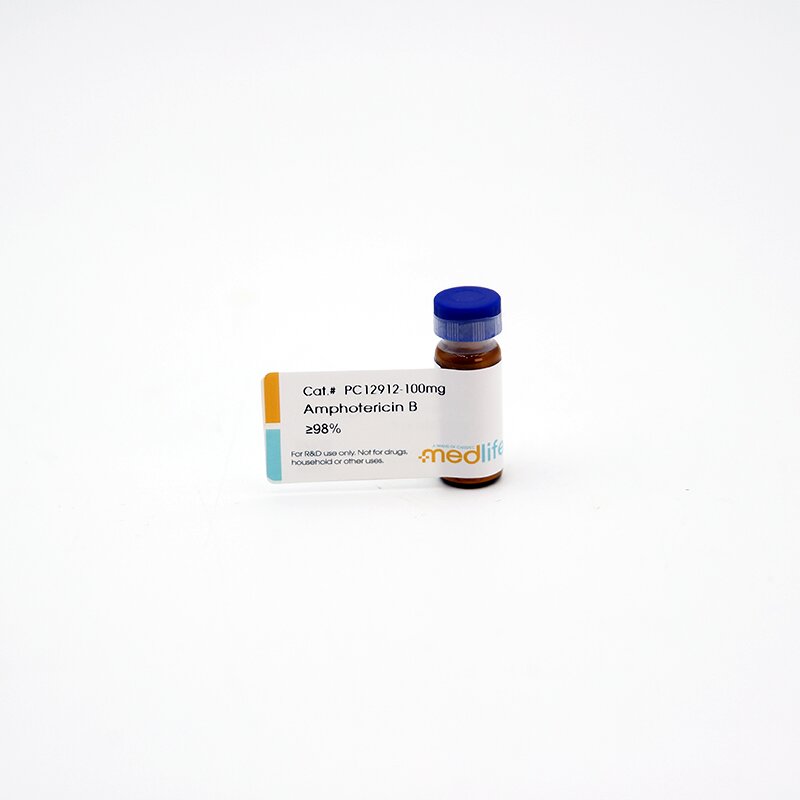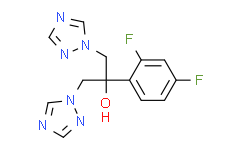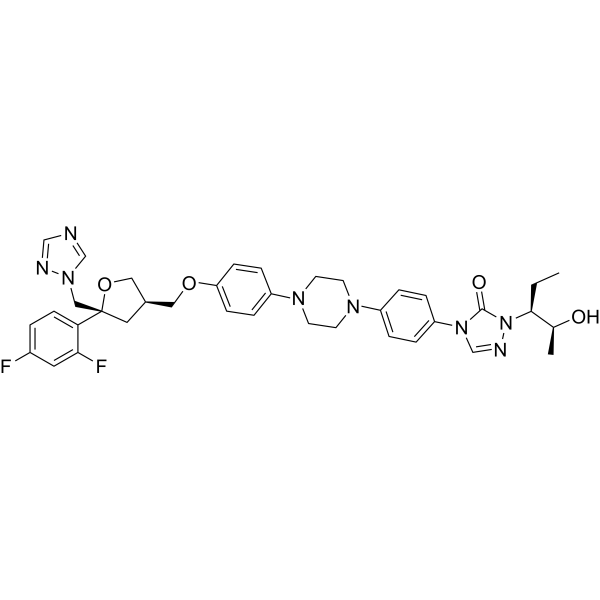Title:In vitro activities of isavuconazole and other antifungal agents against Candida bloodstream isolates
标题:伊沙佐米和其他抗真菌药物对念珠菌血流分离株的体外活性
Authors: Seifert H, et al.
作者: Seifert H 等
Published: May 2007, Antimicrobial Agents and Chemotherapy, Volume 51, Issue 5, pages 1818-1821
发表时间: 2007年5月,《抗微生物剂与化疗》,第51卷,第5期,第1818-1821页
Objective:
The study aimed to evaluate the in vitro efficacy of isavuconazole compared to other antifungal agents against Candida species isolated from bloodstream infections.
研究目的:
本研究旨在评估艾沙康唑与其他抗真菌药物对从血流感染中分离的念珠菌的体外疗效。
Methodology:
Sample: 215 Candida bloodstream isolates.
Antifungal Agents Tested: Isavuconazole, fluconazole, voriconazole, posaconazole, and amphotericin B.
Testing Method: Minimum inhibitory concentrations (MICs) were determined using standard methods.
方法:
样本: 215株念珠菌血流分离株。
测试的抗真菌药物: 艾沙康唑、氟康唑、伏立康唑、泊沙康唑和两性霉素B。
测试方法: 采用标准方法确定最低抑菌浓度(MICs)。
Results:
Isavuconazole: Demonstrated potent activity against all tested Candida species.
Comparison: Isavuconazole showed similar or superior activity compared to voriconazole and posaconazole.
Resistance: A few isolates exhibited higher MICs, indicating potential resistance, but these were in the minority.
结果:
艾沙康唑: 对所有测试的念珠菌种表现出强大的活性。
比较: 艾沙康唑显示出与伏立康唑和泊沙康唑相似或更强的活性。
耐药性: 少数菌株表现出较高的MICs,表明可能存在耐药性,但这些菌株占少数。
Conclusion:
Isavuconazole shows promising in vitro activity against a wide range of Candida isolates from bloodstream infections, suggesting its potential as a valuable antifungal agent in clinical settings.
结论:
艾沙康唑对从血流感染中分离的多种念珠菌表现出良好的体外活性,表明其在临床上作为一种有价值的抗真菌药物的潜力。
Related Compounds and their CAS Numbers
Isavuconazole (艾沙康唑): CAS Number: 241479-67-4
Fluconazole (氟康唑): CAS Number: 86386-73-4
Voriconazole (伏立康唑): CAS Number: 137234-62-9
Posaconazole (泊沙康唑): CAS Number: 171228-49-2
Amphotericin B (两性霉素B): CAS Number: 1397-89-3











 沪公网安备31011402010657号
沪公网安备31011402010657号